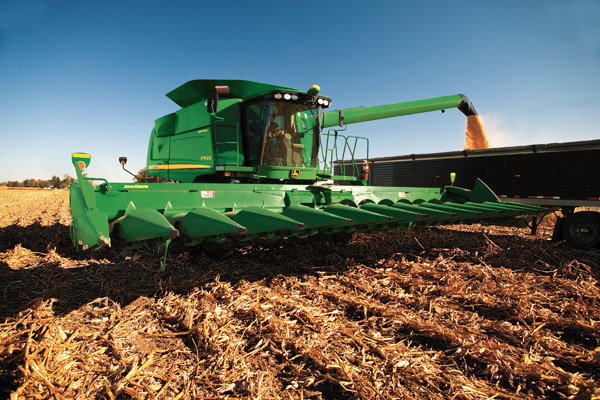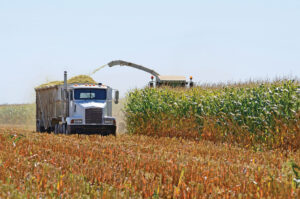Drivers approach them with little forethought, until the warning sign appears that prison time is the result of killing a working in a highway work zone. Then you see it – the animated driver talking on a cell phone and then braking hard to avoid hitting a flagman.
Electric utility crews, highway repairmen and many others who work along roadways are in danger when motorists are unfazed by the orange traffic barrels, flashing arrows, and other signals that try to slow traffic.
According to statistics from the National Highway Traffic Safety Administration, more than 700 people were killed in accidents occurring in work zones in 2008. In addition to the fatalities, more than 40,000 people are injured each year in motor vehicle work zone crashes. Many of these accidents could be prevented if motorists simply slow down and pay attention. In 2009, 115 construction workers lost their lives in the U.S., as did 667 motorists who died in construction zones.
Electric utility vehicles and workers often share streets and roadways with motorists in order to access overhead power lines and other electrical equipment. In light of the potential hazards these conditions create, Safe Electricity urges motorists to slow down and pay close attention to work crews while driving.
As part of the “Teach Learn Care” TLC campaign, the program urges everyone to make sure their friends and loved ones, and especially inexperienced drivers, are aware of the hazards surrounding work zones.
Power poles and electrical equipment line our streets and highways, and narrow roadways often require crews to place their equipment in traffic lanes. Their work activities are often taken for granted but benefit us all, and like everyone, they deserve a safe workplace. Be alert to utility crews and other work zone workers for their safety as well as yours.
Fatal work zone crashes occur most often in the summer and fall. More than twice as many work zone crashes happen on weekdays compared to weekends, so be extra cautious driving to and from work.
To help prevent fatalities and injuries this year, Safe Electricity recommends the following guidelines while driving:
Keep a safe distance between your vehicle and traffic barriers, trucks, construction equipment and workers.
Be patient: Traffic delays are sometimes unavoidable, so try to allow time for unexpected occurrences in your schedule.
Obey all signs and road crew flag instructions.
Merge early and be courteous to other drivers.
Use your headlights at dusk and during inclement weather.
Minimize distractions: Avoid activities such as operating a radio or cell phone, or eating while driving.
Many states have recently restricted the use of cell phones in work zones, so be aware of the legislation in your area.
The most common crash in a roadway work zone is the rear-end collision, so remember to leave at least four car lengths of braking distance between you and the car in front of you. Be prepared to leave more room between you and the car ahead of you if the weather presents hazardous driving conditions.
When people are traveling between locations, we’re often preoccupied with maintaining a schedule and become impatient with delays. Unfortunately this may lead us to neglect the most important factor in our lives – our safety. It’s always more important to arrive at a destination alive and unharmed, than on time.
For more information on work zone safety, visit the Federal Highway Administration website at
www.fhwa.dot.gov









